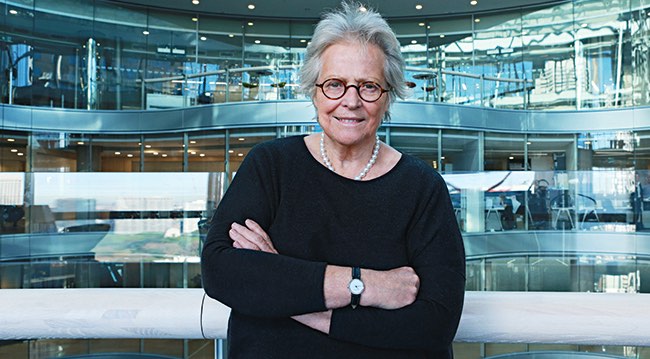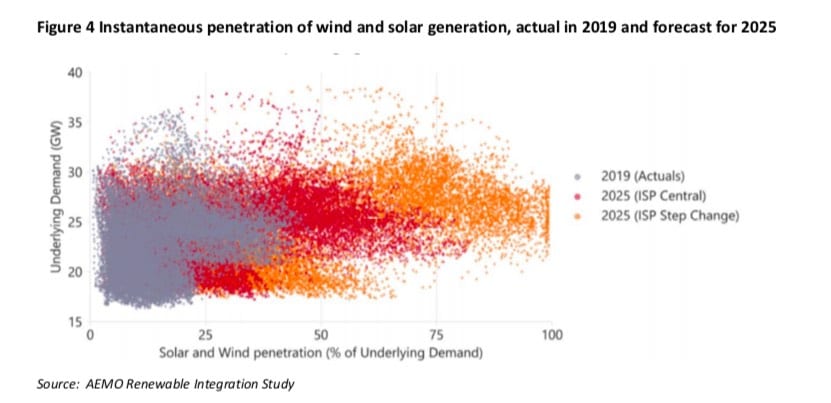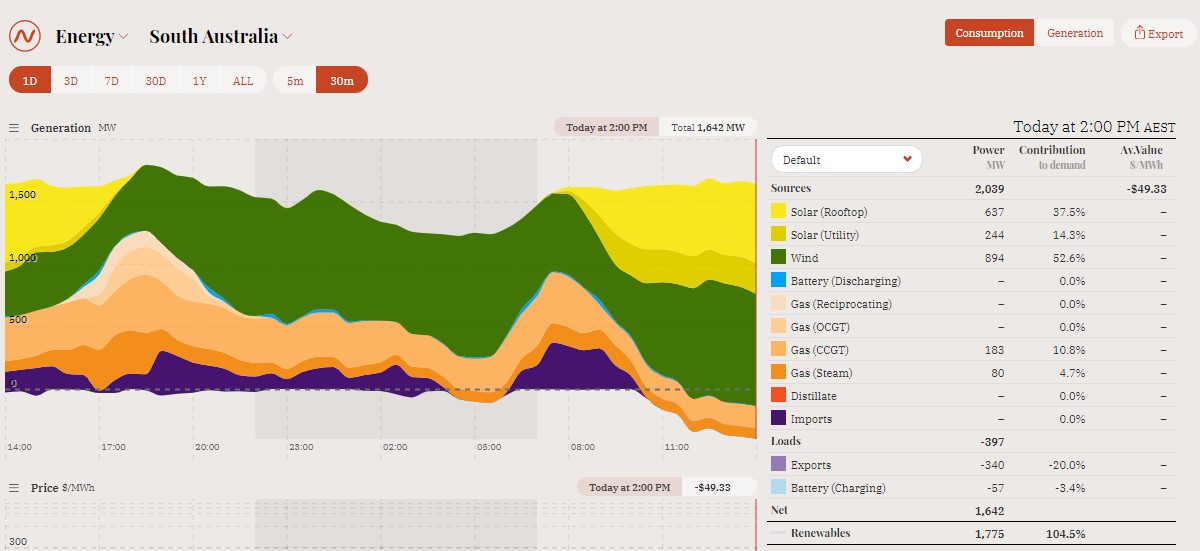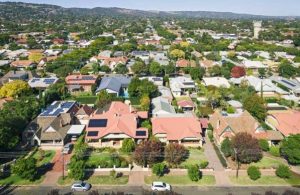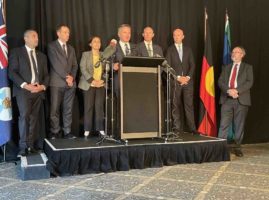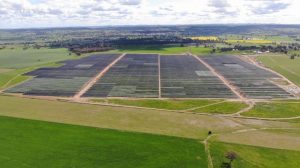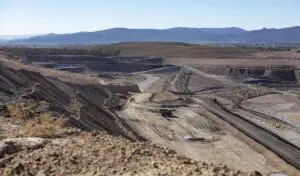Australia will experience more and more days powered by 100 per cent renewable electricity as the growth in wind and solar uptake continues to surge, a key government advisor on market reforms has told an industry briefing.
The Energy Security Board has commenced a consultation process on a proposed package of reforms to Australia’s main market for electricity, which it says will help manage a rapid transition currently underway from transitional coal and gas generators to a new mix of predominantly wind, solar and storage.
Chair of the Energy Security Board, Kerry Schott, told a stakeholder briefing on Tuesday that Australia was on track for a faster than expected switch to renewable energy sources and that this would throw up challenges necessitating changes to the design of the electricity market.
Schott reiterated her assessment that Australia’s uptake of wind and solar was outpacing some of the most ambitious scenarios modelled by the Australian Energy Market Operator (AEMO) in its 2020 Integrated System Plan (ISP).
In a ‘step-change’ scenario modelled by AEMO, the market operator predicted that the penetration of renewables could reach 94 per cent by 2040 – and Schott said that Australia was currently tracking ahead of that trajectory.
Schott said that Australia’s grid could operate fairly well on high penetrations of variable renewable energy sources, but that as penetrations approach 75 per cent, the management of the grid becomes harder, and preparation should start now to manage a market that behaves differently than it does currently.
“Australia is heading towards a very high percentage of renewables within its mix, and that is great. The 2019 actuals have got us up around 35 per cent or so sometimes. And the 2025 numbers are at times getting us to 75 per cent,” Schott told the briefing.
“We’re anticipating that with the step-change scenario in the ISP, which I can tell you is where we are, we are tracking on that step change lots of renewables coming in. We have days where, certainly in some jurisdictions, we are running at 100 per cent.”
Schott pointed to modelling prepared by AEMO of the day-to-day market share of renewable energy in the Australian grid, which suggests that it will become increasingly common for more parts of Australia’s energy system to experience periods of 100 per cent renewable supply, and a regular occurrence as early as 2025.
In the renewables heavy grids of South Australia and Tasmania, it is already common for renewables to supply 100 per cent of consumption for short periods.
At the time of writing on Tuesday, for example, monitoring platform OpenNEM showed that wind and solar generators in South Australia were producing the equivalent of 104 per cent of the state’s energy demand.
The excess supply is able to be exported to other states, and a prioritisation of new network infrastructure will allow larger volumes of wind and solar electricity to be moved around the grid as needed.
Australia’s main grid as a whole was already exceeding 50 per cent renewables for short periods and reached as high as 56 per cent for a period in April.
While such events are currently manageable within parts of the electricity grid for short periods, Schott said that high penetrations of renewables would pose fresh challenges for grid operators – which the Energy Security Board hopes to address through its proposed reforms.
“Overall across the whole market, it’s very difficult to run the system past 75 per cent regularly. So the two changes that we’re grappling with the retirement of the synchronous generators – which is good for emissions and good for affordability – being replaced by asynchronous, which makes for all sorts of operating challenges,” Schott told the briefing.
“What AEMO think, at the current time, is that with technology where it is, we can run the name with about 75% renewables. Once we get above that, it becomes very difficult not just for capacity reasons but for system security reasons as well. We’re now dealing with increasing proportions of asynchronous power. And it is making the system behave in a completely different way.”
“The consequence is that AEMO is having to intervene in the market much more than it used to, and when AEMO has to intervene, it’s basically ordering people to stay on, even though they’re not in the merit order,” Schott added. “It’s very expensive for consumers. We really do need to set the system up so that AEMO doesn’t have to make those expensive interventions.”
The Energy Security Board will undertake six weeks of consultation before delivering final recommendations to energy ministers, which is likely to include a proposal to establish a controversial payment system designed to prevent the early closure of coal fired generators.

